
An Option To Re-coning A Vintage Speaker
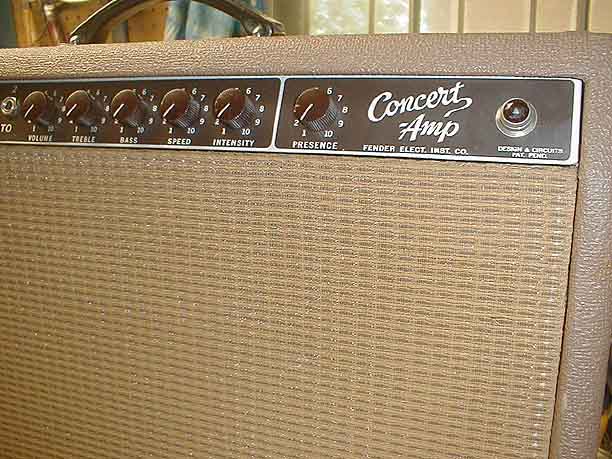

An Option To Re-coning A Vintage Speaker

This vintage Fender Concert Amp came in the shop for a going over as the owner just purchased it over the internet. This unit is as near mint as I've seen them.
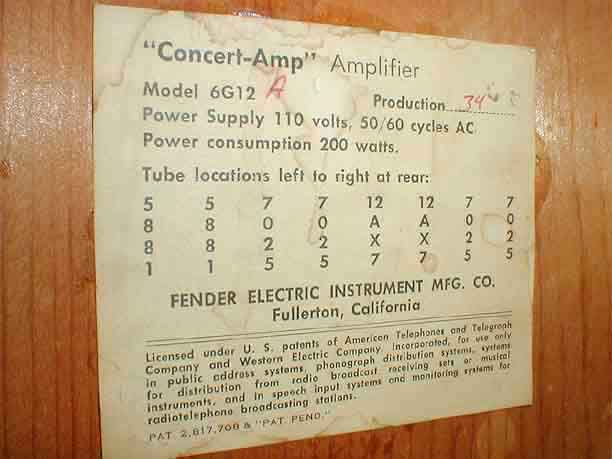
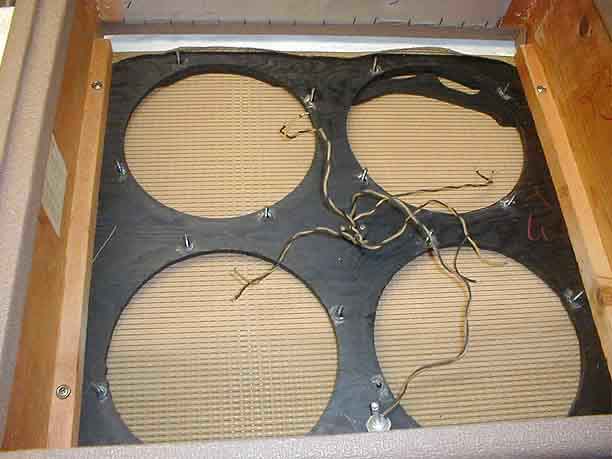
The speakers had been removed for routine inspection, and the customer's mention of a fuzzy sound coming from the speakers.
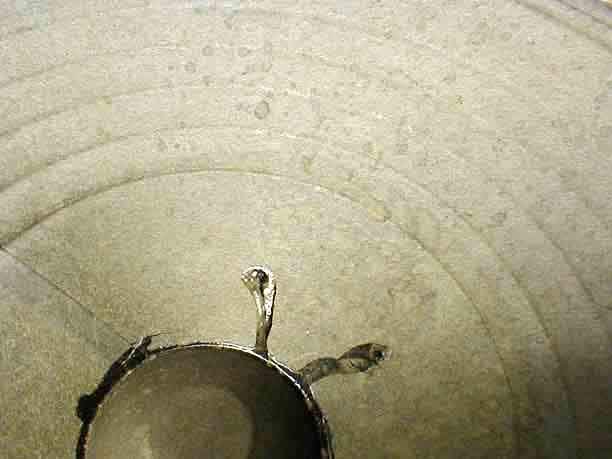
Here you see a close-up of one of the speakers. In its time it had gotten wet as the stains show. By the faded color you can see the effects that sun light has taken through the years. The paper cone is very dried out and has become very fragile.
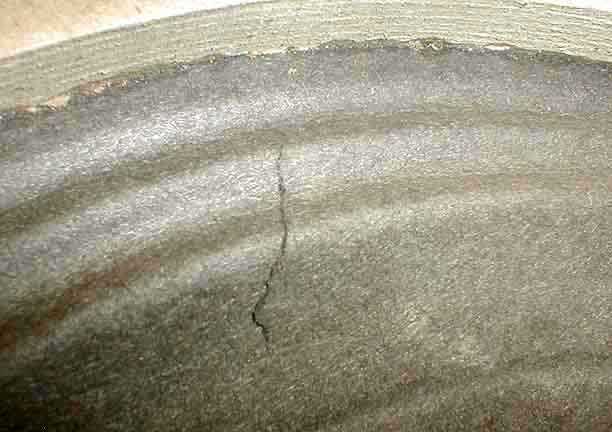
It is very common for dried out speaker cones to develop cracks as the paper fatigues from the constant movement necessary to produce the sounds of the electric guitar.
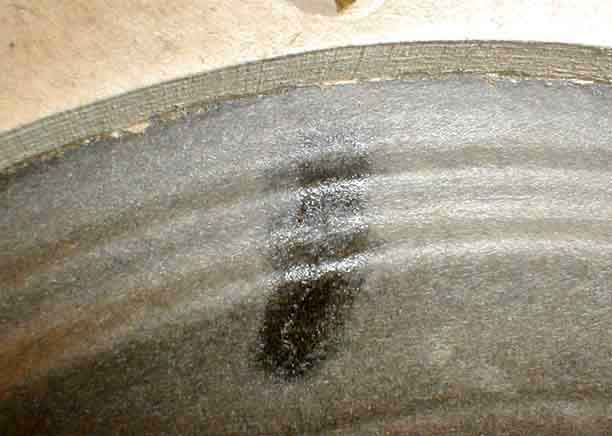
Here you can see the crack in the cone has been closed up and treated with a special penetrating flexible adhesive that bonds the edges of the crack together again.
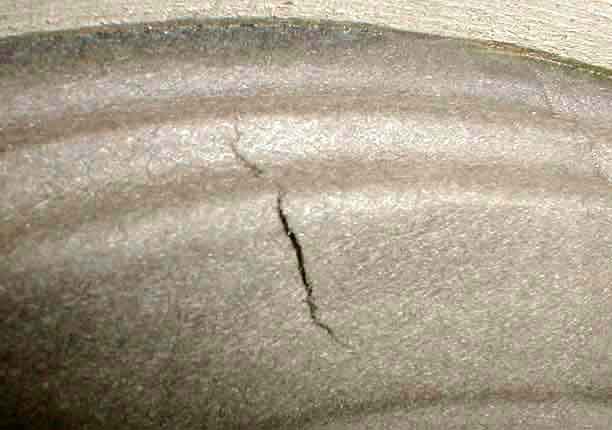
Here is another crack in the same cone. This one was making some noise that the owner could hear. It did give a bit of fuzzy sounds to some notes he played..
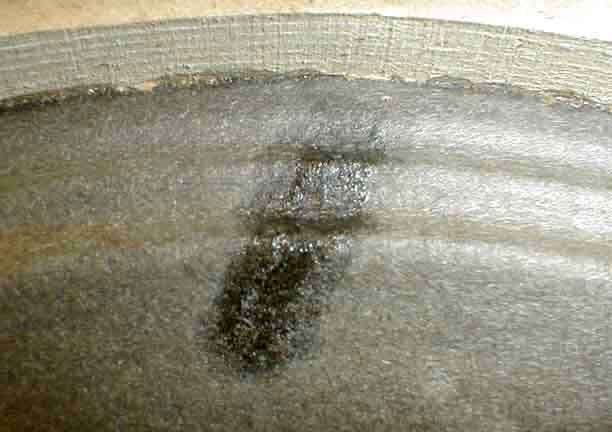
Here again, the crack is closed up and treated in the same manner as the first one was.
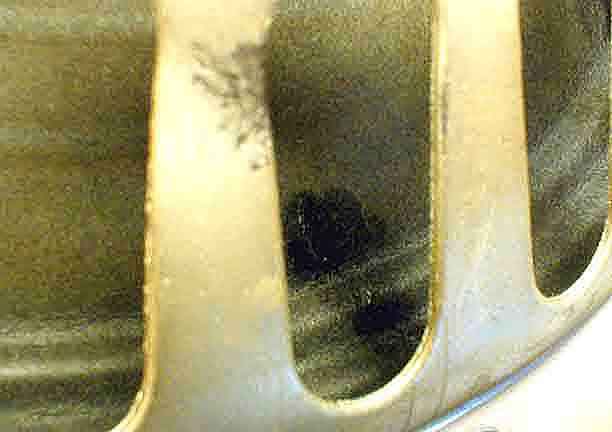
Both sides of these cracks are always treated when the holes in the frame's basket allows access to the rear side of the cone.
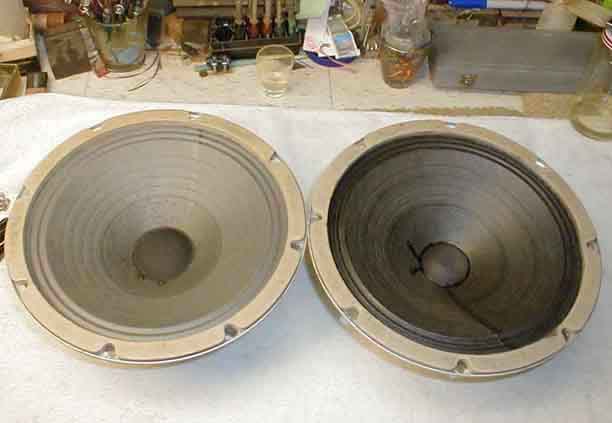
The speaker on the left has been untreated compared to the finished speaker on the right. Note the different dust cap cover on the cone on the left. Someone must have replaced it in its past. The proper dust cover will be installed after the cone is reconditioned.
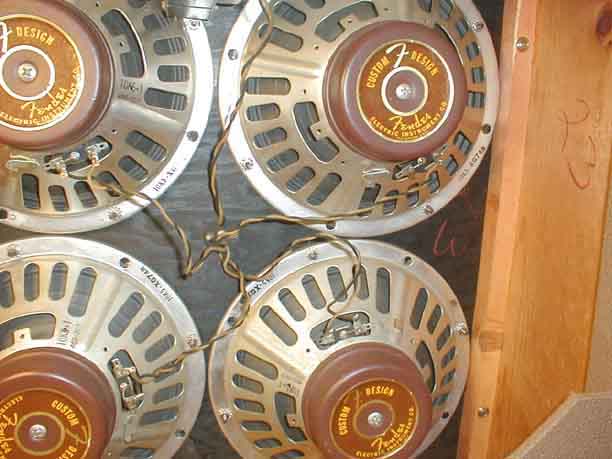
Here all four of the speakers have been treated and are back in the cabinet as they were found. Original speakers, with their original cones still producing their original tones.The value of the amplifier is maintained by using this approach compared to the reconing option. Many times the ORIGINAL parts are not available to recone the speaker, and substitutes that are sometimes not close to the ORIGINALS have to be used with questionable results.
Reconditioning a vintage speaker is always the better option, and is well worth the affordable price for reconditioning. Prices vary from $15.00 - $40.00, depending on condition and size of the speaker.

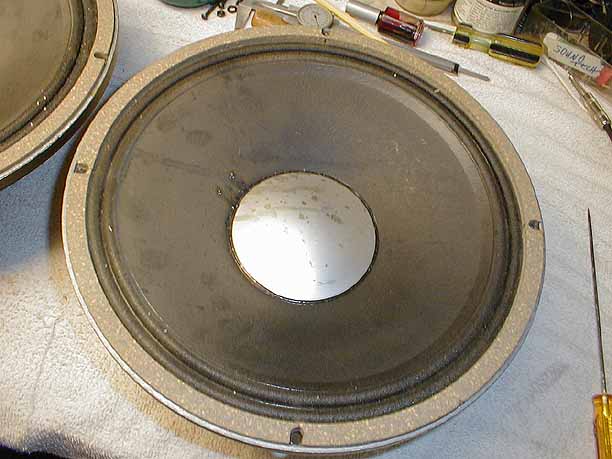
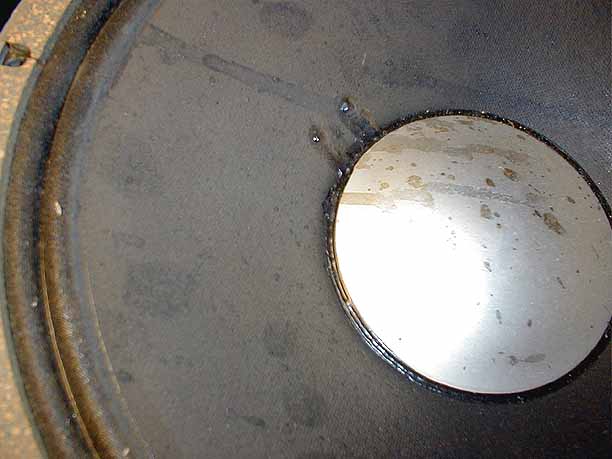
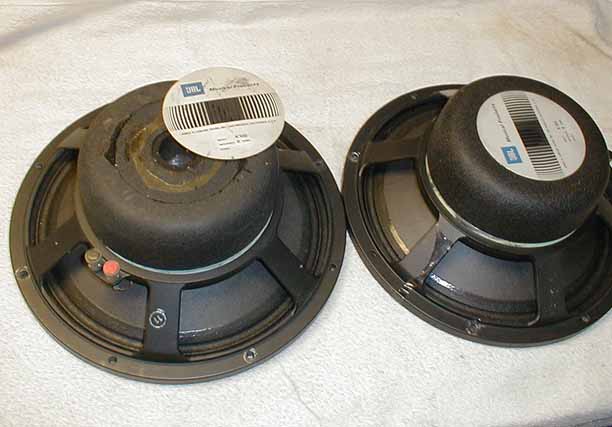
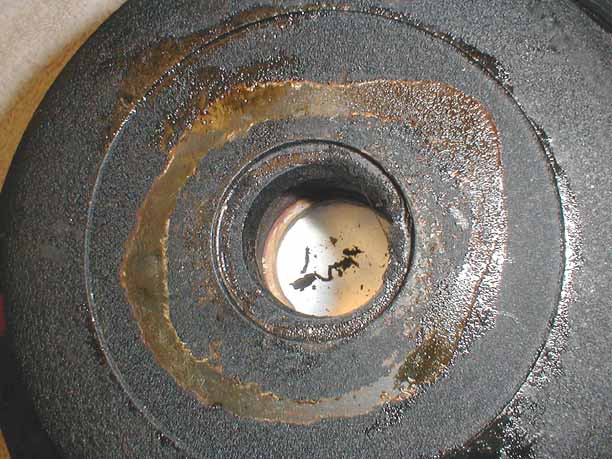
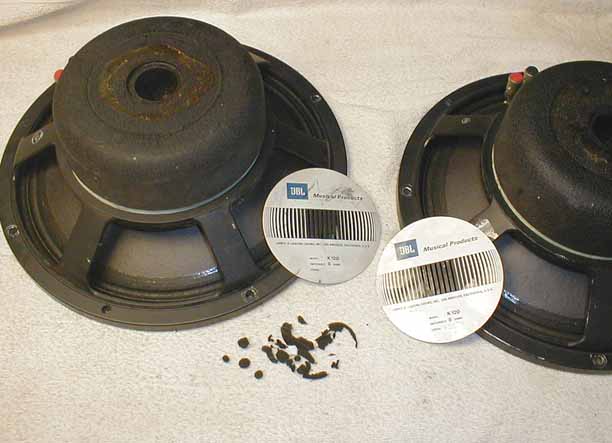
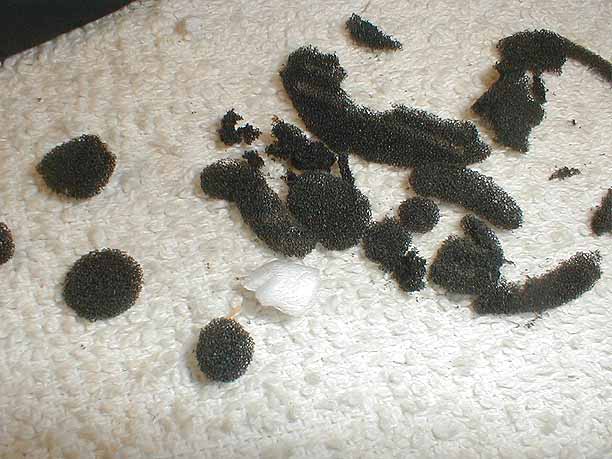
Craig wrote:Hi Rich.
I was just reading your page on speaker cone reconditioning. Can you tell me what product you use for this? I have a 68 super reverb with cts speakers and the cones are getting dried out. I don't want to re cone them.... there are no tears, but I'd like to preserve the cones.
I asked Ted Weber and he said to use a thin coat of weldwood contact cement but I'm looking for other alternatives. Thanks for any info!
Craig Harris
Hi Craig:
This kind of thing does nothing for the paper. It's just a coating on one side. So, now the paper falls apart, and the coating is to do the job, in place of the paper. No, this is not the way to preserve the paper.
I have to mix my ingredient's to conform to the paper's condition before I can work on them. This, is first tested out on the paper before I start.
It is up to the paper to soak in my new binder, so the paper can stand on it's own. With my treatment, there is *penetration* of the paper. There is no coating to speak of with my methods. Which, is how your speaker was originally manufactured to begin with.
After the paper has been treated, then the surround portion of the cone is attended to.
It depends again on the type and condition of the cone's surround. Some have no treatment. But now require some reenforcement because of age.
Some may have a factory treatment that needs to be restored.
There is much more to what I do than just using some kind of coating application to the paper.
Speakers are shipped in for my treatment, and customers can't believe how the original factory sounds have returned.
Regards,
Rich Koerner,
Time Electronics.
http://www.timeelect.com
Specialists in Live Sound FOH Engineering,
Music & Studio Production,
Vintage Instruments, and Tube Amplifiers

©Copyright R.K.Koerner 2002 All Rights
Reserved.
|